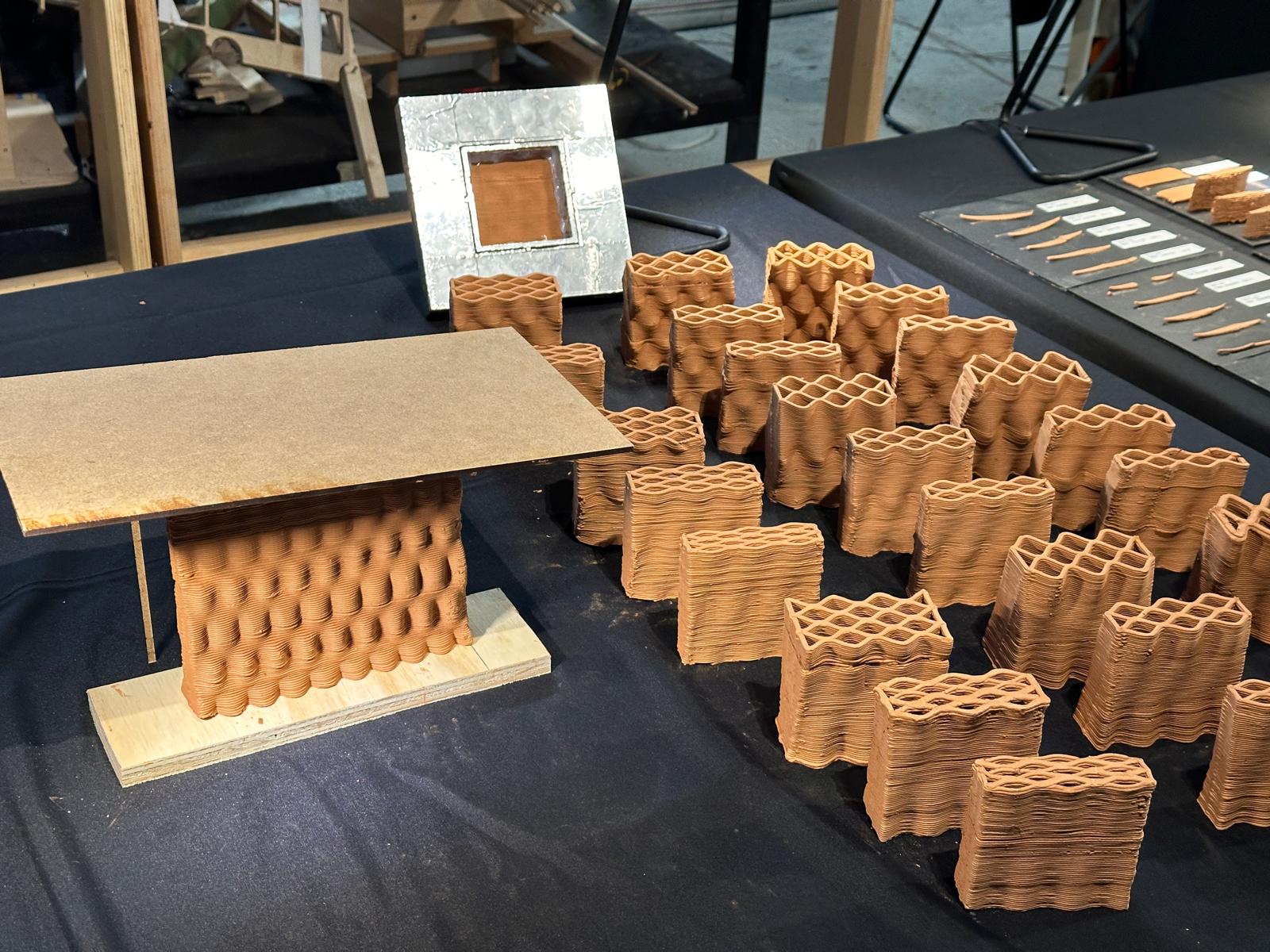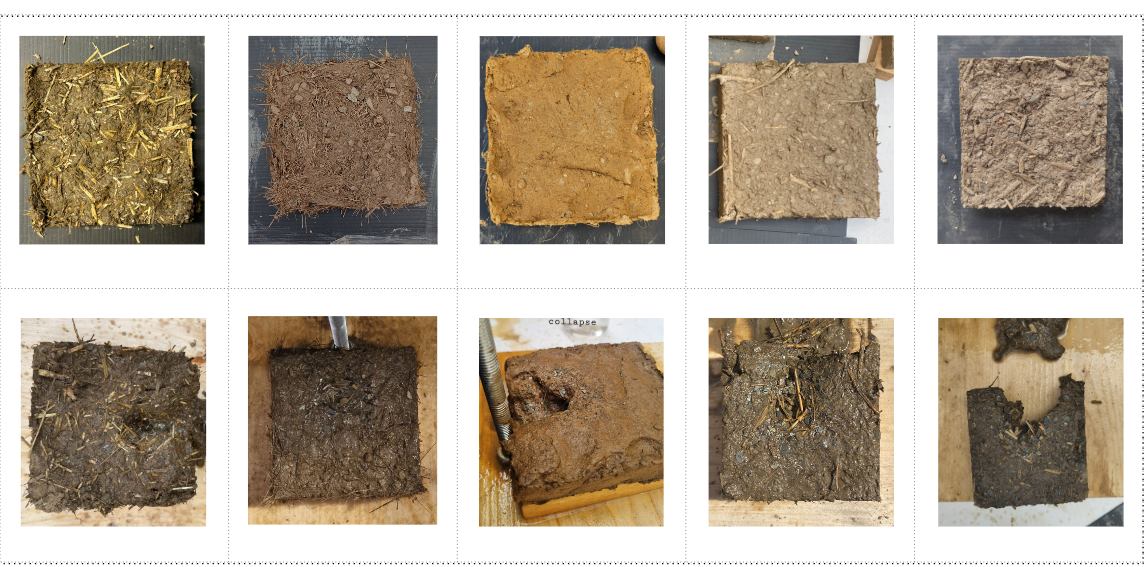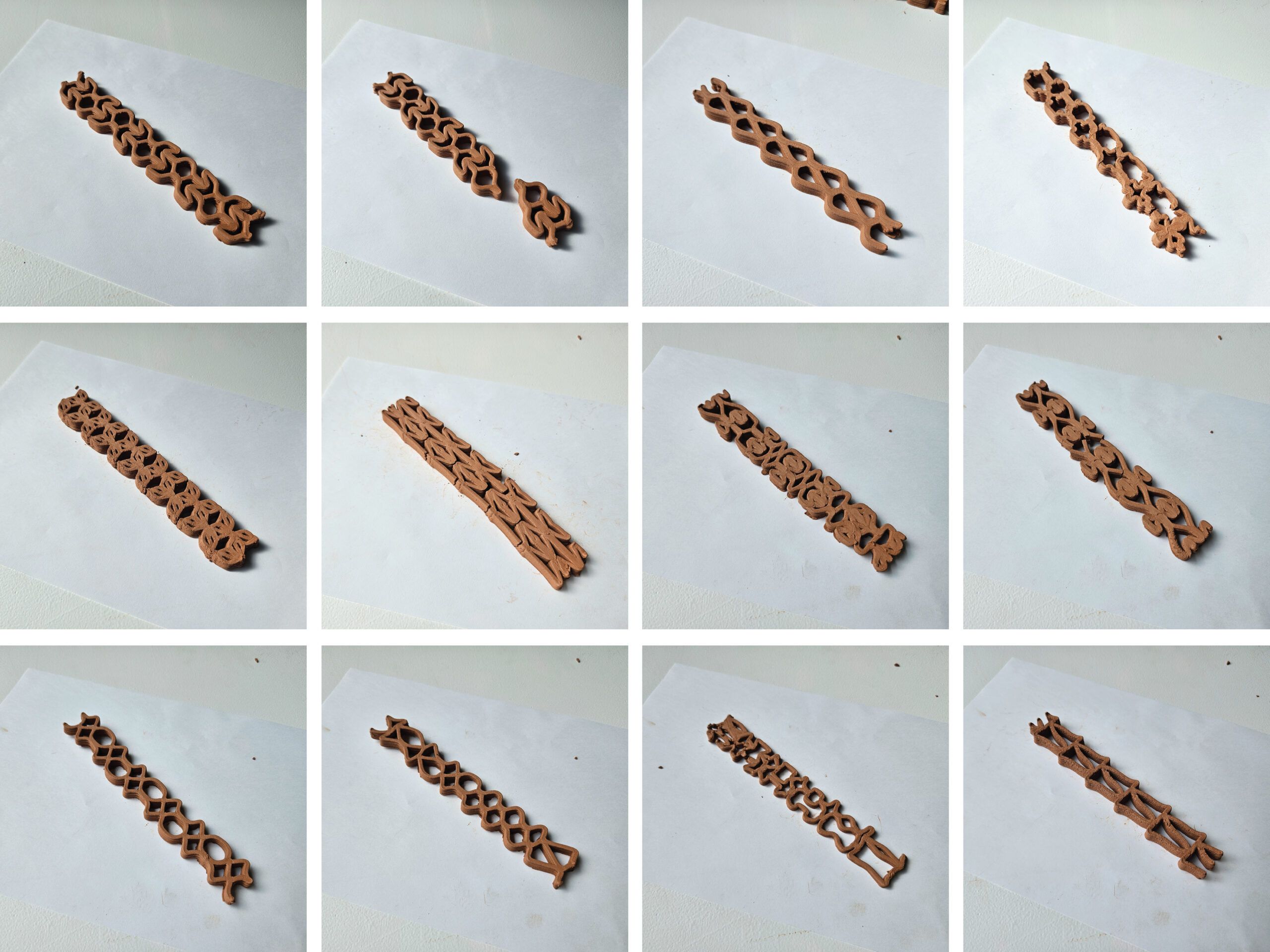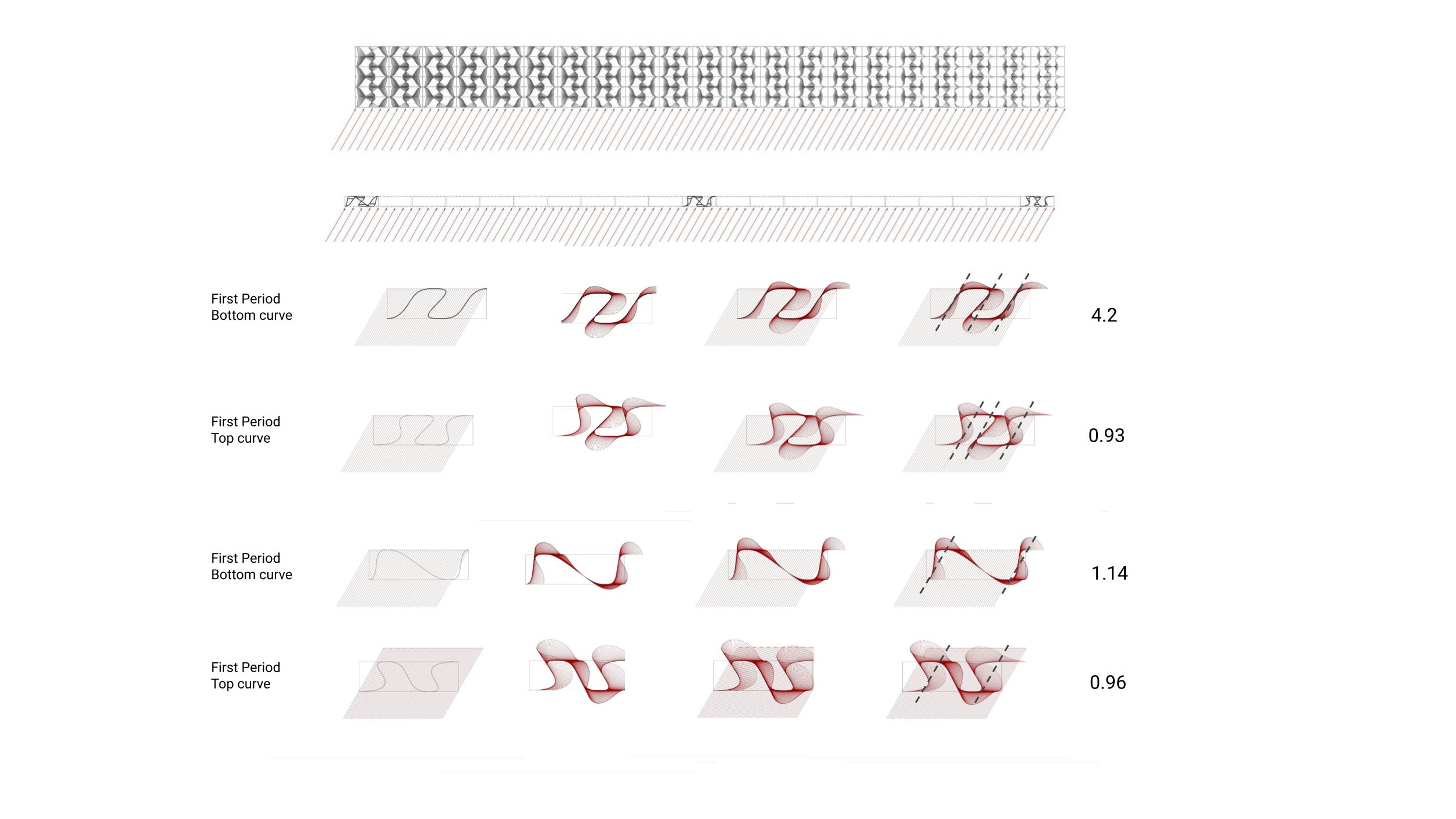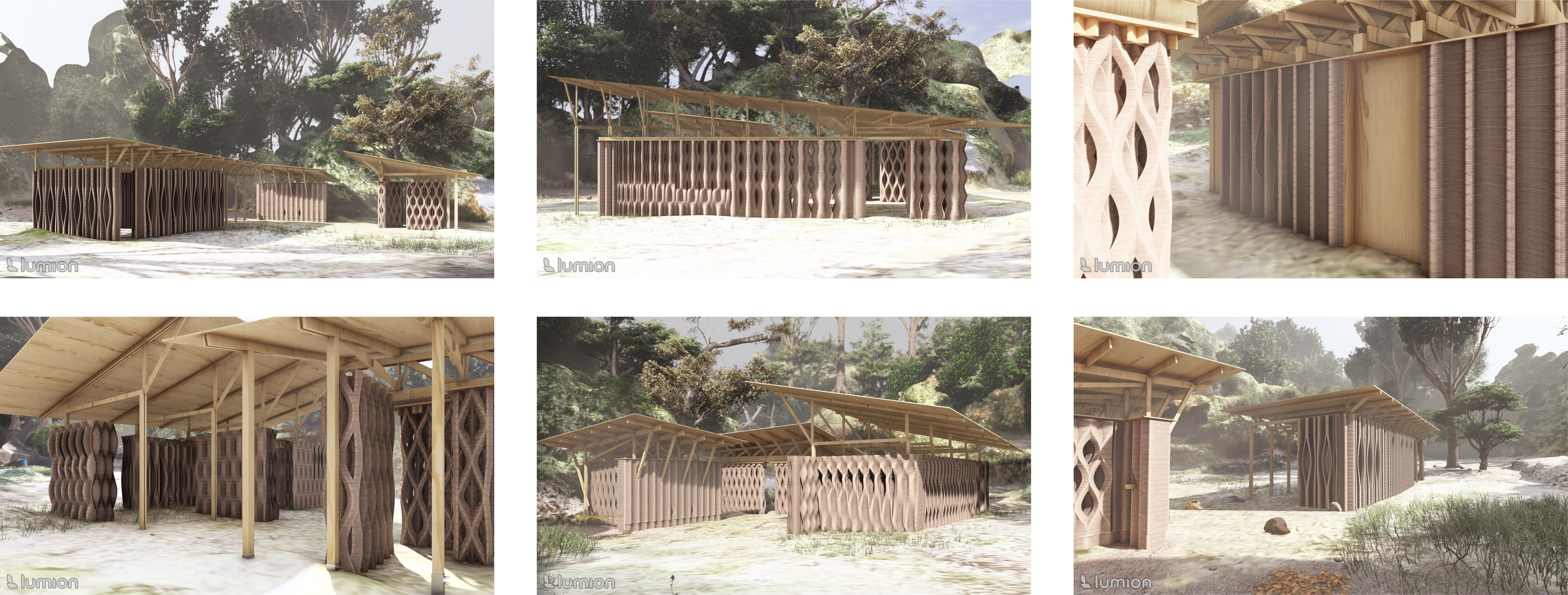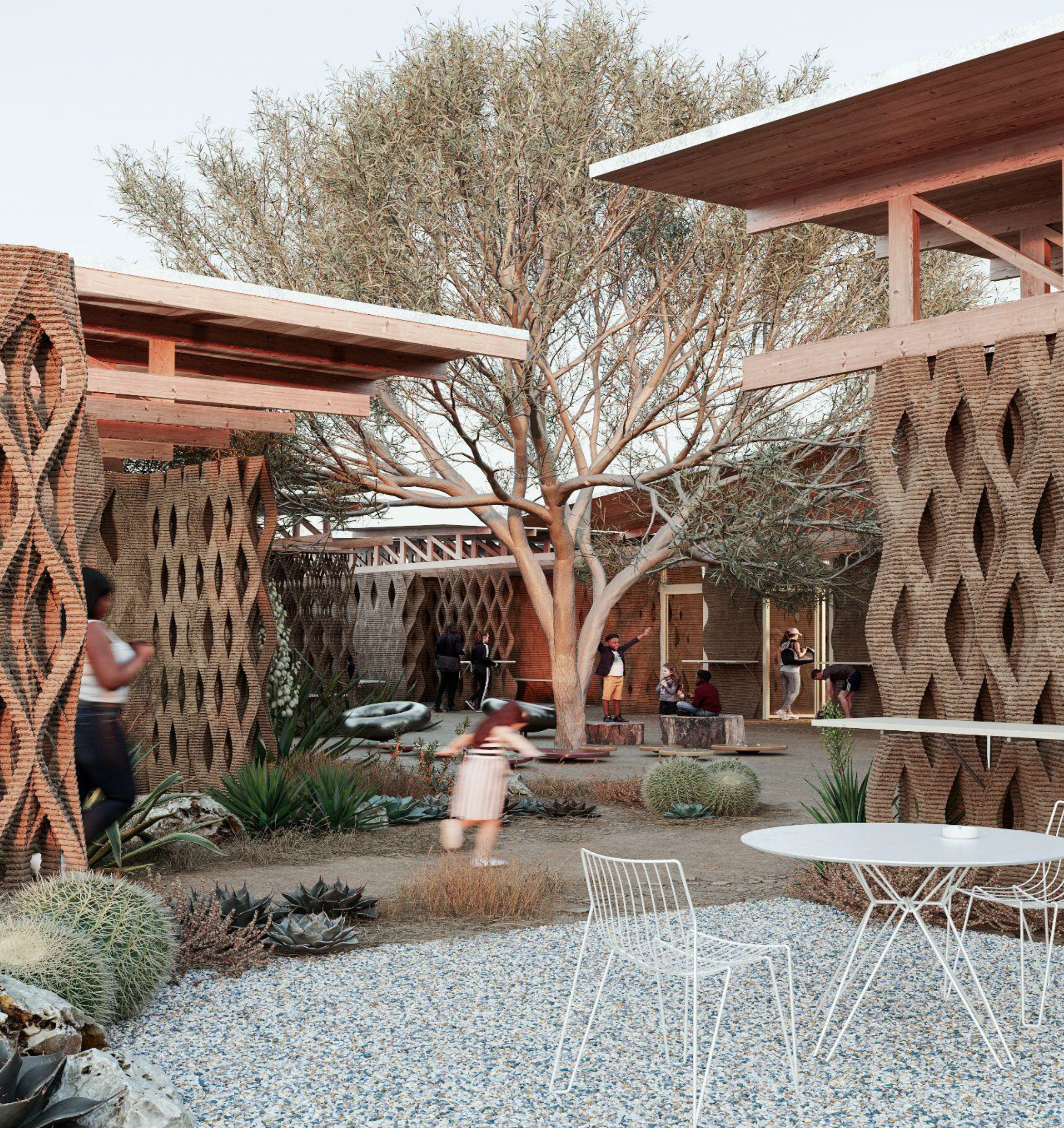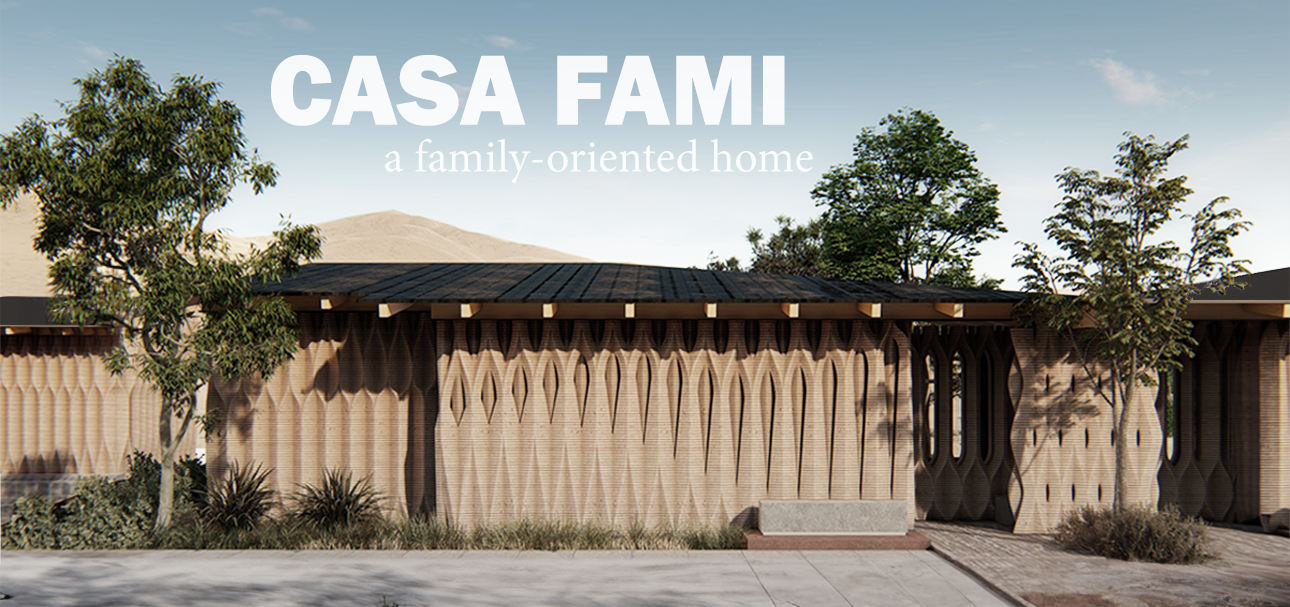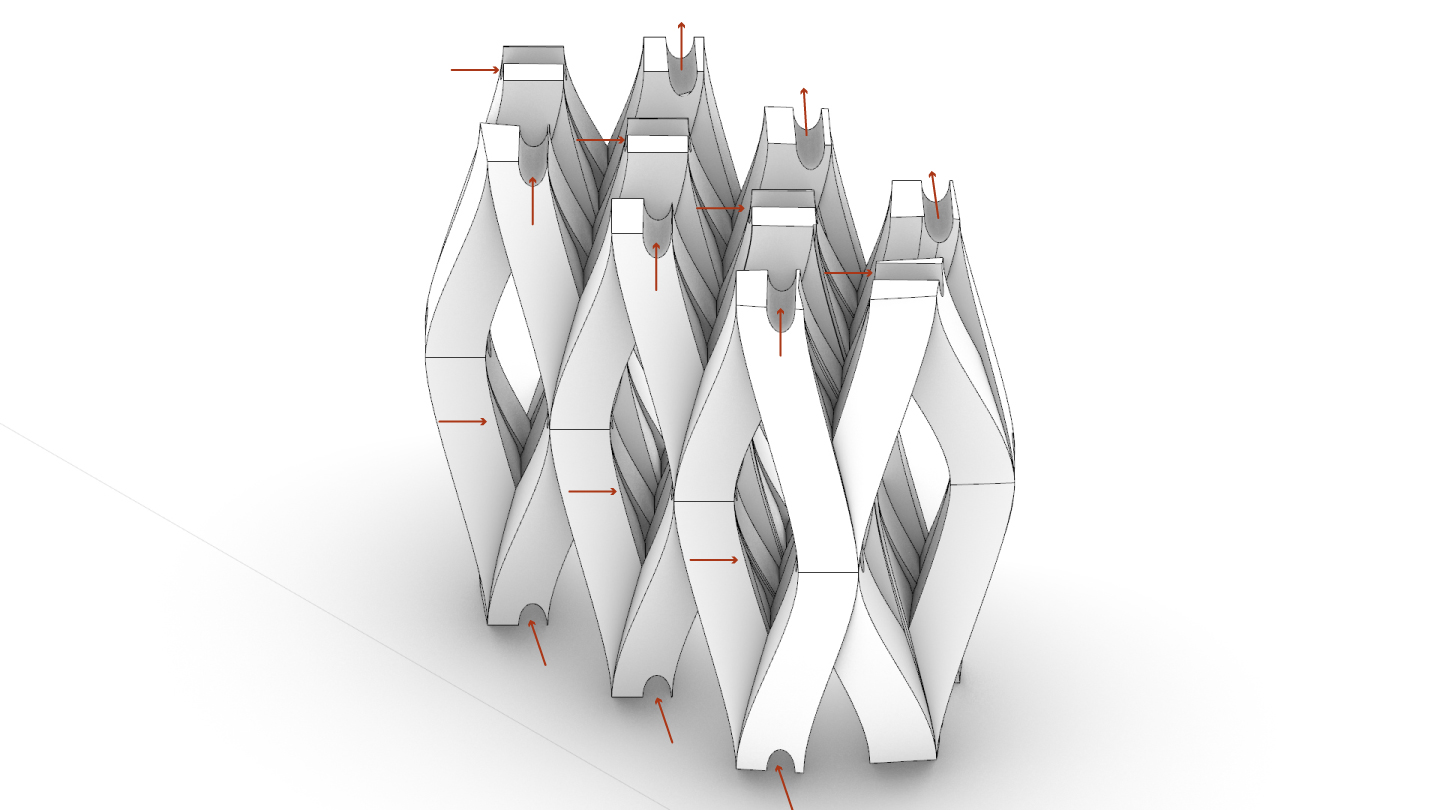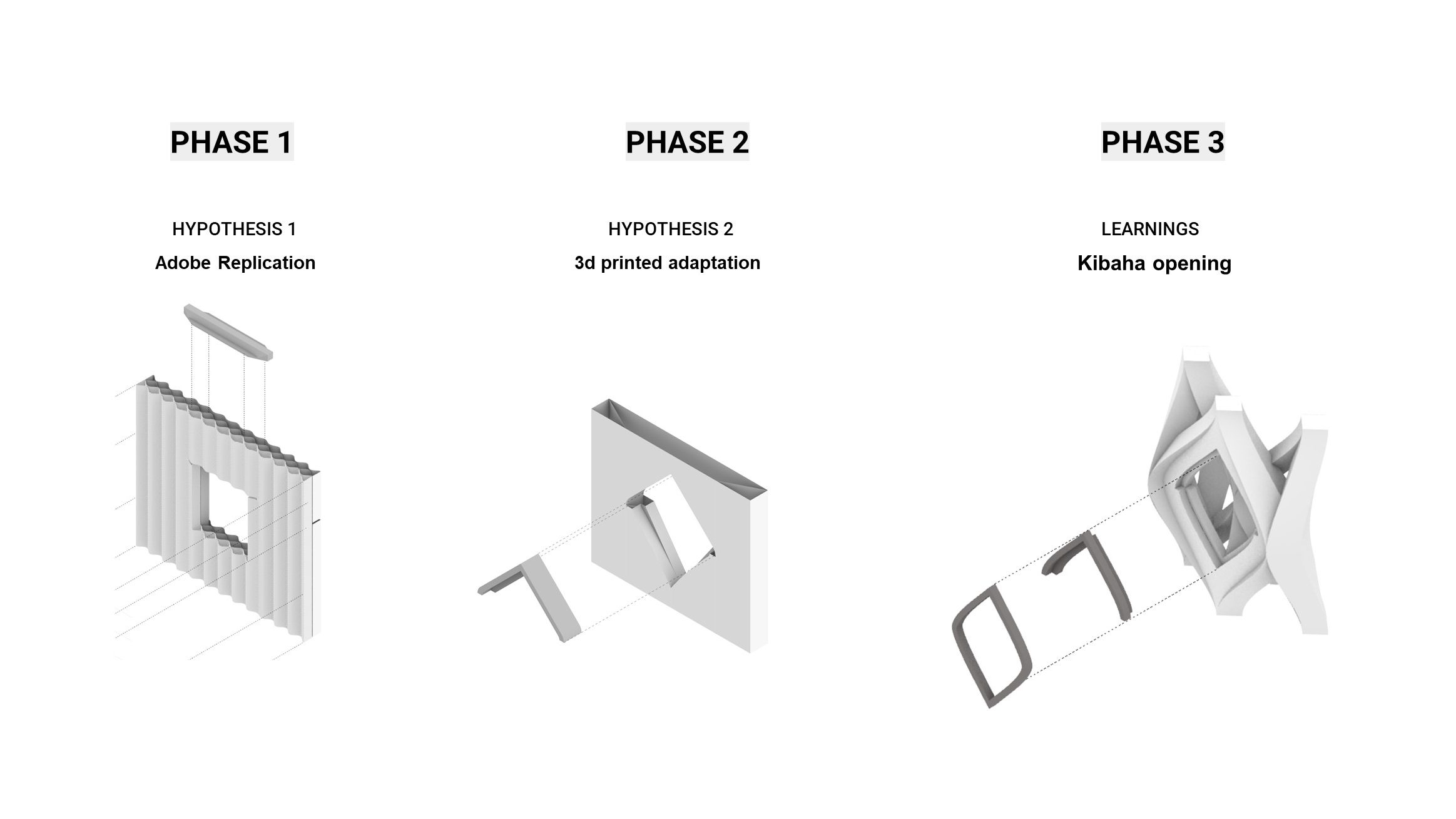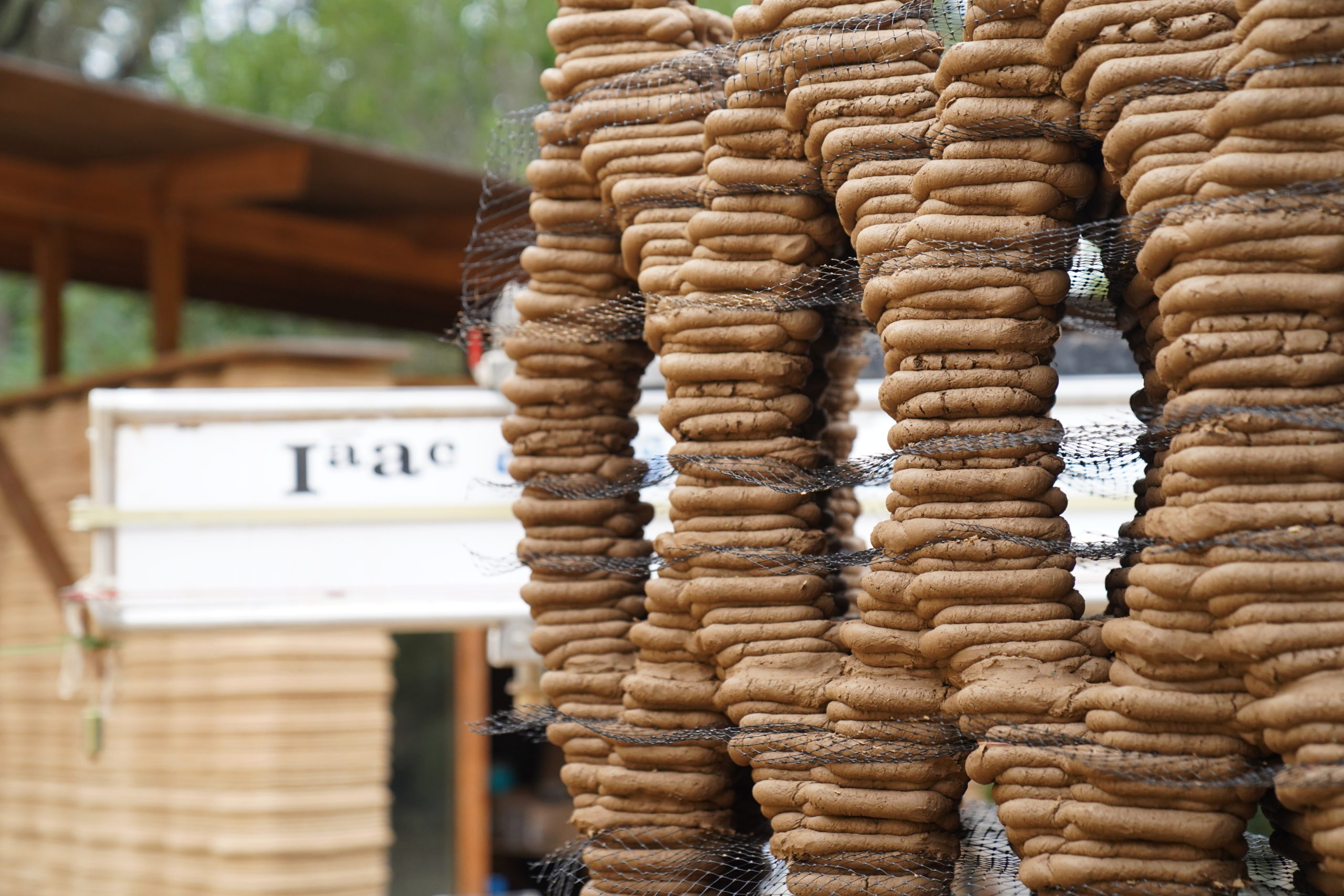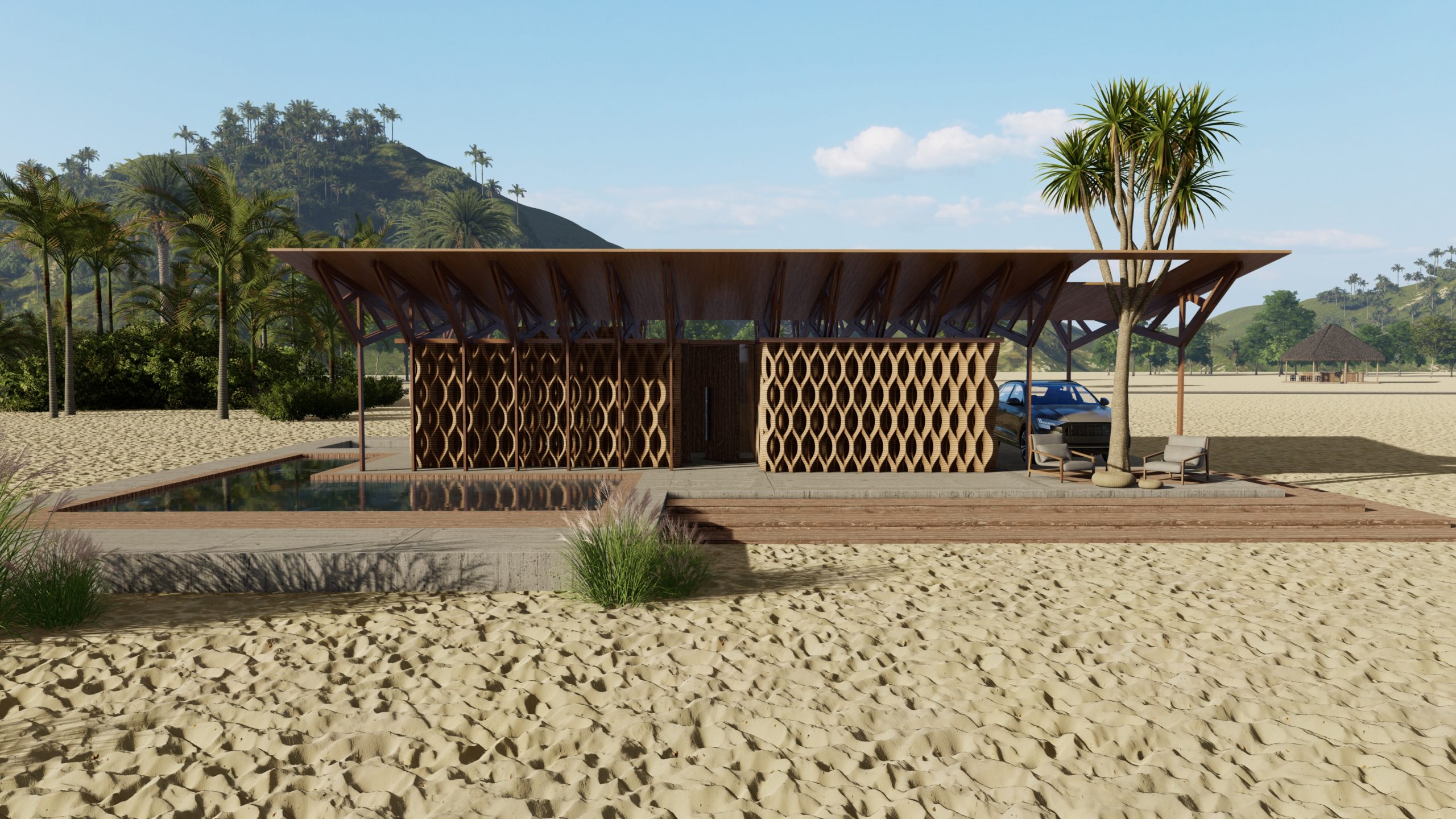Techne
WEEK 1 : MATTER This week , Series of experiments were conducted with Secil Afsar and Amanda . Students of 3DPA pre-course were introduced to the physical concepts that relate to the mechanical properties of 3D-printed clay and earthen structures. The project aims to define and improve the performance of earthen materials used in 3D … Read more


